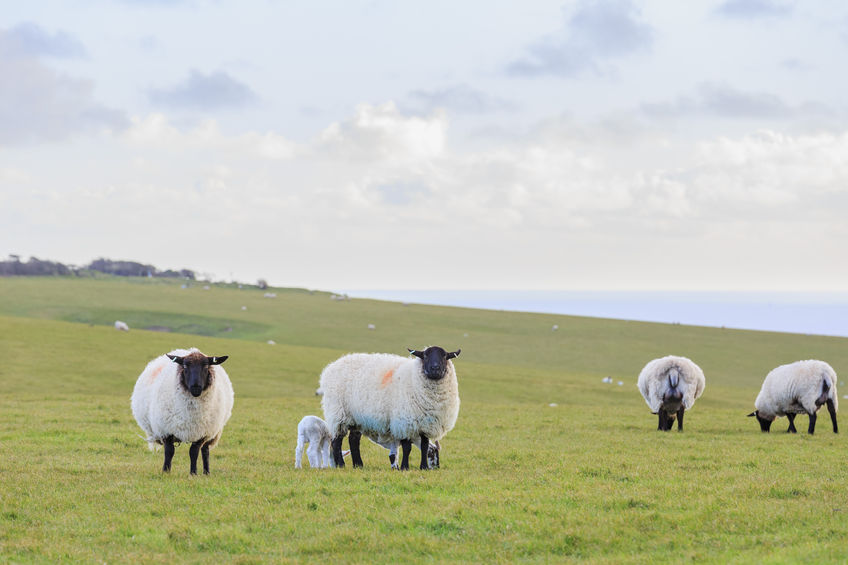
Lamb producers experiencing abortion rates above 2% are being advised to test ewes for the main abortion-causing pathogens.
Nearly a quarter of all lamb losses on Welsh farms are due to abortion, yet Enzootic Abortion of Ewes (EAE) and toxoplasma can be effectively controlled by vaccination.
Workshops being run across Wales are helping to inform sheep farmers on measures they can take to minimise losses.
The interactive events are led by veterinary practices and supported by the Welsh government, Farming Connect, Lantra and NADIS.
The financial repercussions of abortion are high; a prime lamb finisher with a 2% abortion rate can lose £1,796, and a replacement mule breeder can lose £1,950, but vet Cath Tudor of ProStock Vets says these are conservative estimates.
Speaking to farmers during one of the events in Pembrokeshire, Ms Tudor said alarm bells should sound if losses are above 2%.
Ewes can be tested at no cost to the farmer under a diagnostic scheme run by MSD Animal Health, she explained.
She recommends testing and vaccinating rather than resorting to antibiotics to deal with the problem when it is happening.
Vaccinating against EAE costs around £2.50 an animal and up to £4 for toxoplasmosis but a ewe will mostly only need vaccinating once.
The recommended time for vaccinating is at least four weeks before tupping, said Ms Tudor.
“The first year is expensive because every ewe must be vaccinated, but after that it is just the replacements that will need doing.”
Purchasing ewes or fostering with bought-in orphan lambs are the main causes of a flock becoming infected with EAE; ewes that abort lambs are not free of the infection and pass their infected status on to their female progeny.
Ms Tudor advised against breeding from the ewe lambs of infected ewes or fostering a lamb onto a ewe that has aborted.
If replacements are bought-in, only purchase from EAE accredited flocks, she said.
Every sheep brought on to the farm should be vaccinated before it’s mixed with the existing flock.
Toxoplasma infection is contracted purely from cat faeces – just 50g of faeces can contain 10 million oocysts with only 40 needed to infect a ewe. These oocysts will remain infective for 12 months.
Consider neutering male cats and keep all cats away from sheep feed, Ms Tudor said.
When a ewe does abort, her cleansings and discharges pose a high risk of infection.
She suggested isolating the ewe and treating her as highly infectious in case the cause of the abortion is EAE.
“The organism will be shed by vaginal discharge for many weeks after she has aborted,” she warned.
A ewe may lose one foetus but also produce a live lamb: “These pose the greatest risk of infection because the farmer will often not know that it is a true abortion,” said Ms Tudor.
Clean and disinfect pens where sheep have aborted, she said. People who have had contact with the ewe and the pen should also disinfect themselves.
Analysis of abortion material, including foetus, foetal fluids and most importantly of all, the placenta, is critical to establish the cause.
Blood testing should also be considered if there are a high proportion of barren ewes at scanning.
In-feed treatments such as decoquinate are available, but at this stage the damage is mostly already done, said Ms Tudor.
She recommends a policy of culling ewes that have aborted but warned that levels of environmental infection can persist for some time.
The collection of data, such as losses between scanning and lambs sold, is key to informing an effective control plan to prevent losses next season, she added.
Both EAE and toxoplasmosis are transmittable to humans and can cause miscarriage in pregnant women, so it is imperative that contact with sheep during lambing time is prevented.
